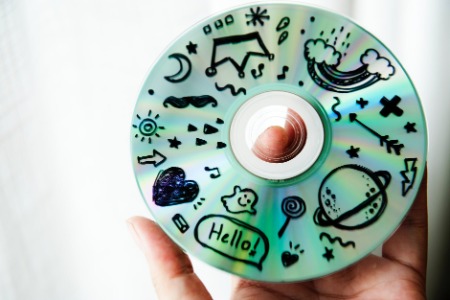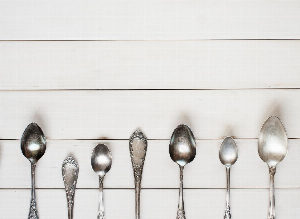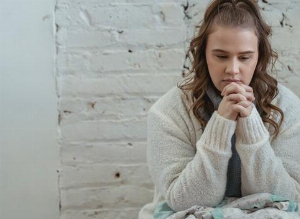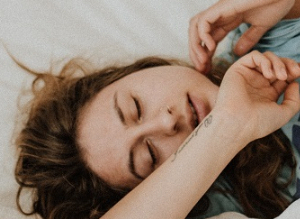The Healing Power of Creative Therapy for Depression
Published Aug 15, 2018

Art therapy can be a powerful tool when used along with other depression treatment. Find out how you can benefit from this and other types of creative therapy.

Art therapy is a unique approach to depression treatment that helps you get in touch with your feelings and use creative expression as an outlet. This type of therapy can be used to identify and change the negative thoughts and emotions that are associated with depression.
The idea of using creative therapy to help express inner thoughts goes back quite some time, but it only became a recognized type of therapy in the United States about 50 years ago. In 1969, the American Art Therapy Association was established. Today, creative art therapists are trained in both art and therapy.
"Art therapy for depression is a complementary treatment, not a substitute for more traditional depression treatment," says Routa Segal, certified creative art therapist, who practices in New York. "For someone with depression, it can be a way of breaking through some of the barriers that may be blocking psychotherapy. Every time you create art, you are taking a picture in time. Like a snapshot from a dream, it can reveal what you need to know, and it's yours to keep."
Types of Creative Therapy
Creative therapies may be conducted in individual, couples, family, or group settings. What the various types of creative therapy have in common is that they help you find ways to express yourself and learn more about yourself. When these activities are done under the guidance of a trained therapist, they can complement or enhance other depression treatments.
Healing arts include:
(1) Art therapy, such as drawing, painting, and sculpting
(2) Dance or movement therapy
(3) Drama therapy, which uses storytelling, acting, and improvisation to encourage self-discovery and expression
(4) Music therapy, which can be used passively to relieve anxiety and depression through listening or as an active and creative therapy by playing and writing music
The Benefits of a Healing Art
"Creative art therapy is a journey of finding out who you are, where you are, what you have, and what you need to get where you want to be in life," says Segal.
These types of therapy can be a healing force for the body and the mind in part because the creative process helps release brain chemicals that fight depression. Research shows that art therapy can also improve your sense of well-being by reducing depression and anxiety.
Here are some of the ways you might benefit from exploring creative therapy:
(1) Creating art gives you a product you can see and learn from.
(2) Evaluating your art can help you pinpoint aspects of your life you may want to change.
(3) Being able to express yourself without being judgmental can break through some of the negativity of depression.
(4) Taking part in group therapy can help you connect with others.
(5) Letting go of your emotions can create a sense of trust in yourself, your therapist, and the healing process.
Getting Started
Creative therapy is not just for artists or “creative” types; people of all ages and all backgrounds can try it. "Although kids and teens seem to take to art therapy most naturally, anyone can benefit and it has nothing to do with their level of talent,” says Segal. “In fact, some of the most difficult people to work with are professional artists, since they have the hardest time being non-judgmental about their art."
Creative art therapy is offered in many hospitals, outpatient centers, and private practices as a form of depression treatment. If you think you could benefit from creative therapy, ask your mental health provider for more information. You can get help locating a therapist through the American Art Therapy Association, the American Dance Therapy Association, and the American Music Therapy Association.
Every Day Health
Comments
You will also like

Spoon theory: What is it and how can it help people living with chronic illness?
Apr 13, 2022 • 7 comments

What is the psychological impact of chronic pain? Carenity members share their experience!
May 27, 2021 • 8 comments

 Facebook
Facebook Twitter
Twitter
